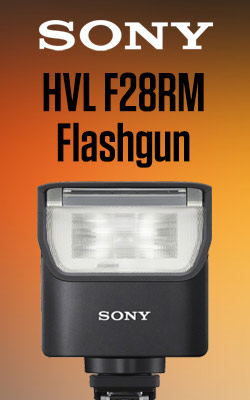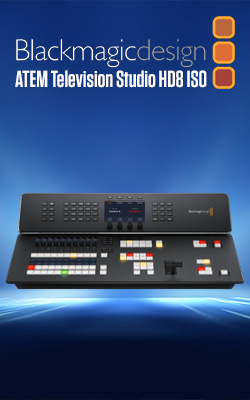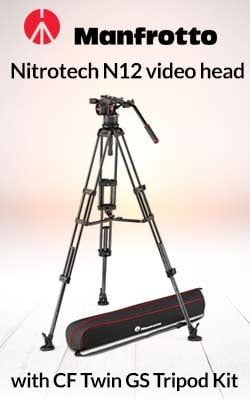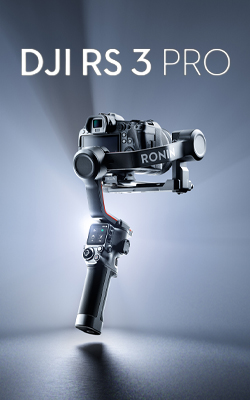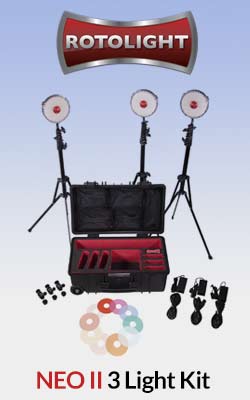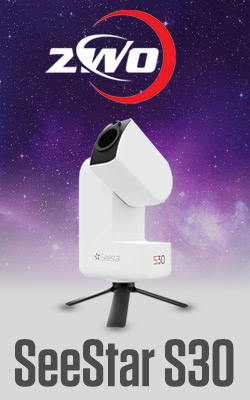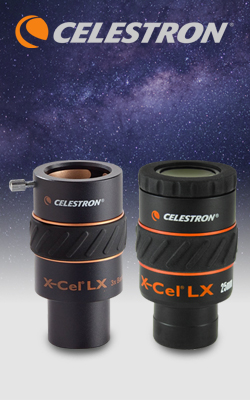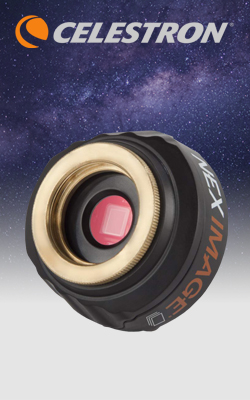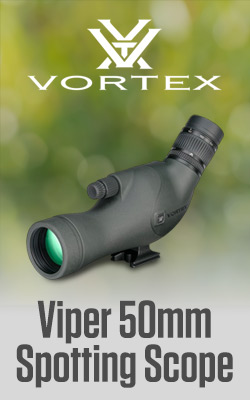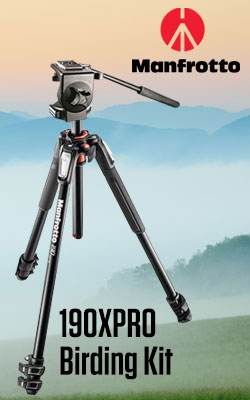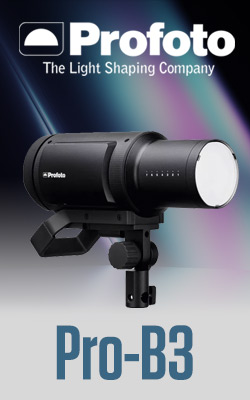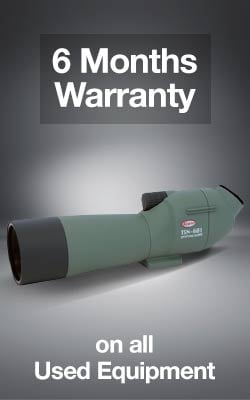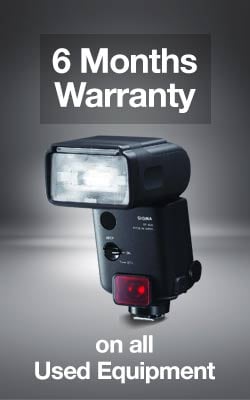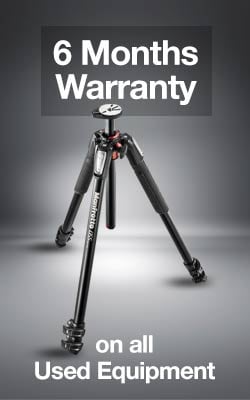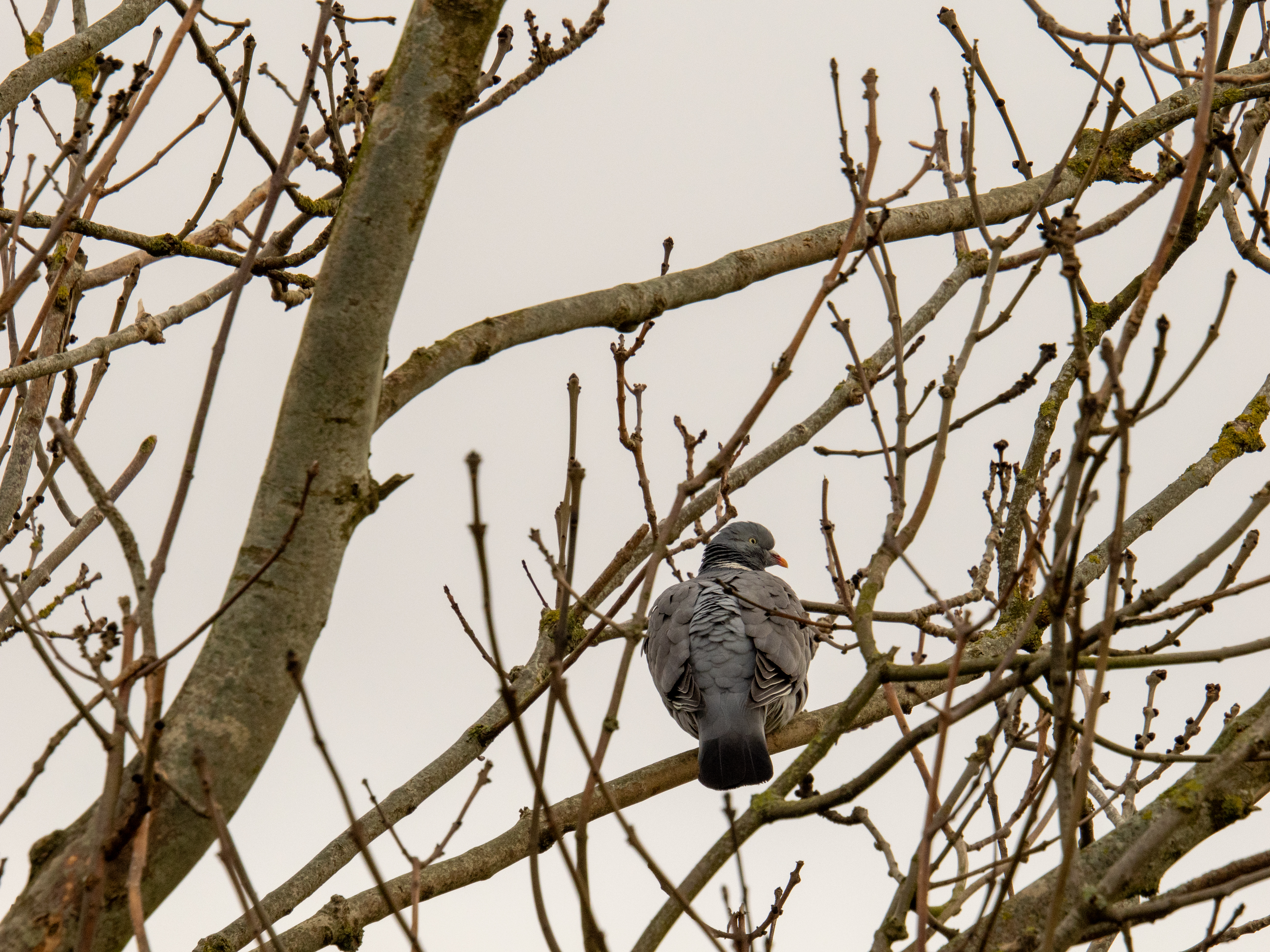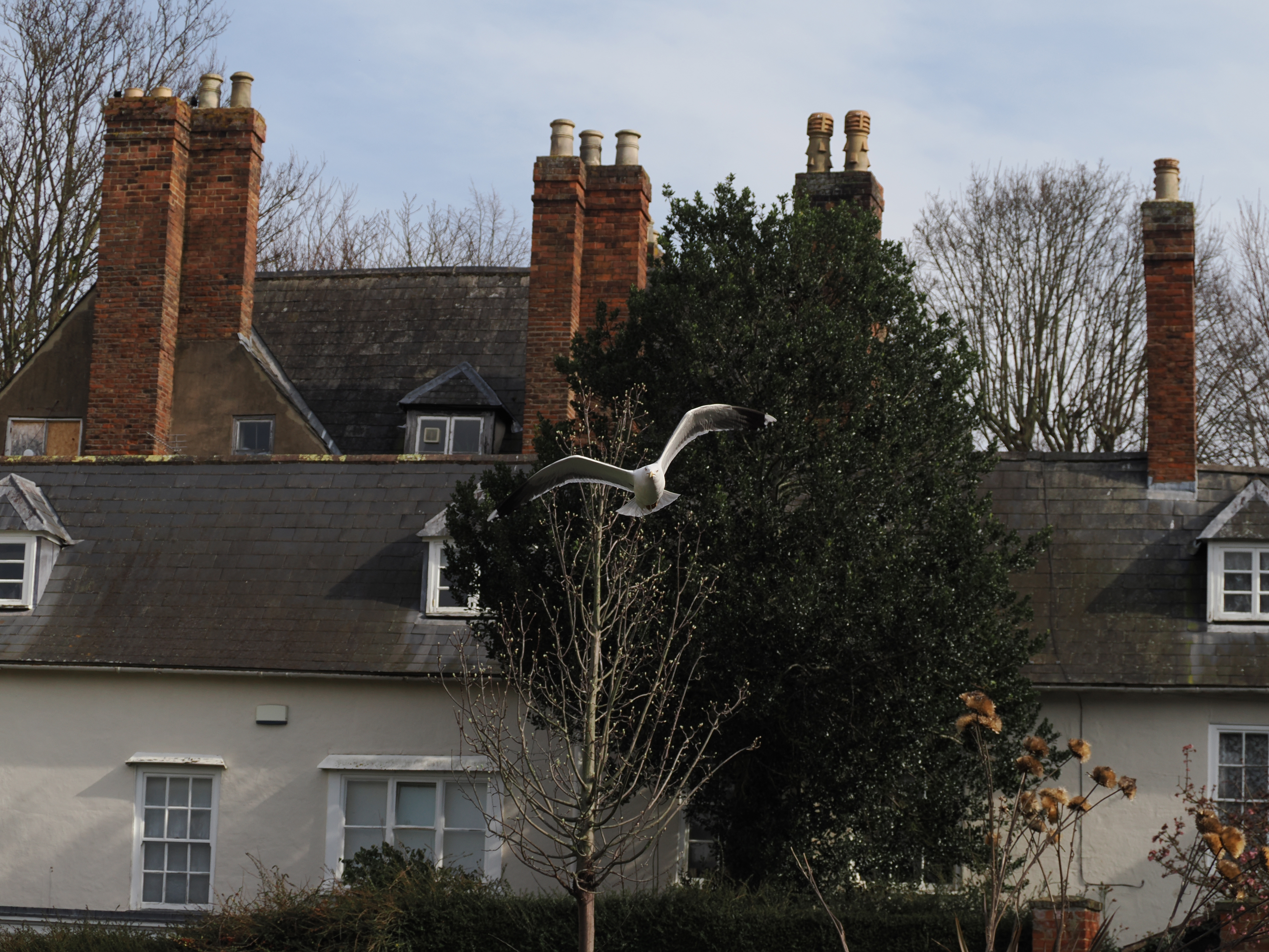Tiny Sensor. Massive Reach: The OM-1 Mark II in Action
The ultimate wildlife photography combination. I had the chance to get my hands on the OM-1 Mark II with an OM System 150-600mm F5.0-6.3 IS Lens, and I couldn’t pass up the opportunity to try and take some wildlife shots, that I would usually struggle to get with my current setup.
Why Size Does Matter: The OM System Advantage
To start with, we should point out the main feature that puts OM system lenses at a strategic advantage over other brands when it comes to super telephoto lenses. That is the Micro 4/3rd sensor that’s built into the OM System Camera series. While the sensor is smaller than other mirrorless cameras, its x2 crop factor allows the 150-600mm to have a 35mm equivalent of 300-1200mm without becoming extraordinarily heavy.
Heading Out With The Kit
At first, I didn’t know how long I would have the kit for, and I wanted to make the most of its wildlife capabilities. So I decided to wake up early and head over to Alney Island Nature Reserve in Gloucester.
Although we are starting to see an increase in the amount of light available during the day, when I had access to this kit back in early March, we weren’t guaranteed as much light or good weather. So in true wildlife photography fashion, I found myself up early and outside. Equipped with camera, lens, tripod, and a very strong coffee.
I will admit, I’m far from a morning person, but I can see why people would wake up at these ungodly hours.
The camera performed beautifully, a staggering upgrade from my OM-5. Before I picked it up, I was honestly sceptical that there would be that much difference. But I was absolutely wrong, and it continued to surpass my expectations. The advanced AF system came into full use during my excursion; the AI subject detection and 1053-point cross-type AF were especially useful for tracking birds and other creatures.
Getting Closer With The 150-600mm Lens
I found it hard at first to contemplate just how far the lens could reach until I started to use it to capture detailed shots of our local pigeon population in the very tops of the trees. They didn’t seem entirely impressed when I showed up with the camera and gave me a fair few side-eye glances. You could get even closer with the Digital 2x Teleconverter, and turn the 1200mm focal reach into a mind-blowing 2400mm. It might be a little ridiculous when taking photos of your local pigeons, but a lens with that focal length would be brilliant for getting detailed shots of the moon. I’m almost jealous I didn’t have one on hand.
The level of detail I was able to pick up with the OM System 150-600mm Lens was staggering. Even when stationary, I was able to capture a huge variety of shots, from wider-angle establishing moments to extreme close-ups. The weight of the lens did make it a little difficult to use handheld, being over 2000g, but when you consider the fact that this is one of the lightest super telephoto lenses on the market, it’s hard to argue. Once I was set up with the tripod and a battery pack to help act as a counterbalance, I was able to take some fantastic shots.
The OM System M.Zuiko Digital ED 150-600mm lens features up to 7 stops of image stabilisation. While I predominantly used the 150-600mm with a tripod, this extra image stabilisation still comes in handy when trying to capture perfectly steady shots. I do not doubt that someone with a little more strength than me would have no issues taking fantastic handheld photos. If I specialised in wildlife photography, I would absolutely see this lens becoming part of my must-have kit, because the image stabilisation gives you a fantastic advantage when trying to capture wildlife that is unpredictable and constantly on the move.
Easy-to-use controls
The 150-600mm has been designed with quick access buttons and switches such as a focus limiter, focus mode, IS settings and a programmable lens function button. The easy-to-reach controls made it simple to make adjustments to the image without taking my eyes off the subject, which proved incredibly useful when attempting to track birds and other wildlife. I didn’t want to take my eyes away from the camera for too long in case I missed the shot.
Let's Talk About Battery Life
I wanted to take this moment to talk a little about the OM System HLD-10 Power Battery Holder and the fact that the OM-1 Mark II’s Type-C fast charging really made me question upgrading my own system.
It’s not until you have to switch through 3 batteries at an event that you really appreciate the massive battery capacity of the OM-1 Mark II. Is the battery holder completely necessary? Maybe not. But for perspective, I was using the OM-1 Mark II for just under a month, and I only charged the camera twice. No need to worry about suddenly running out of power, and the fast charging system meant I wasn’t waiting half a day, charging all my batteries. The time saved, the easy charging, the increased stability, it’s a no-brainer if you’re going to buy the OM-1 II; get the battery grip as well. Thank me later.
Easy User-Interface
The menu system is identical to the OM System OM-1, so anyone familiar with the menu system will be able to pick the Mark II up straight away and start shooting. There was a slight adjustment period for me moving from an OM-5 menu, but the UI was easy to follow and find the settings I wanted to alter and change.
Pushing The ISO
OM-System cameras are brilliant wildlife photography cameras, but they are far from a one-trick pony. I was able to take the camera out on an architectural night shoot and really push the ISO range on the OM-1 Mark II. At this point, I switched out the lens for something that was a little more street and low-light friendly with my OM 25mm Lens.
The OM-1 II’s 20MP stacked BSI Live MOS Sensor and advanced TruPic X Image Processor is perfect for capturing incredibly detailed and razor-sharp images even in low light conditions. I was able to take some amazing black and white photos, without much issue with noise. It’s an area that I have struggled with using my OM-5 in the past, where there have been times I’ve had to use some of the higher ISO settings. I was pleasantly surprised by how much detail I was able to capture without an increased level of noise.
Super Fast Shutter Speed
I did take the camera out to see how it coped with some close-up macro shots, but with it having been just on the cusp of spring, a lot of the plants hadn’t flowered yet. But that didn’t stop me from stalking some busy pollinators and trying to work with the fast shutter speed. My choice of lens for these was my OM System 40-150mm Lens. The 40-150mm focal length was perfect for zooming in on the fast subjects, while also allowing me the flexibility to move around quickly to keep up with the bees as they bolted between the plants. The OM-1 Mark II was able to keep up while also keeping the dynamic movement in the shot, as you can see from the slight blur around the wings in the second shot. The bright sunlight from the day meant I was able to push the shutter speed up to 1/1250 seconds, while still having a relatively wide f/4 aperture. The Om-1 Mark II is capable to reaching shutter speeds of up to 1/8000, making it an incredibly fast camera.
Where does the OM System stand now?
It can be argued that OM System are much more reserved in its overall camera development, with the OM-1 Mark IIoriginally being released in February 2024, the OM-3 being released at the start of the year, and the recent upgrade of the OM-5 Mark II. OM as a whole seem to have wildlife photography principles at their core: patience and deliberate action. Each camera they release has been carefully considered and only improves on the previous model, without overwhelming you with choice. They have not lost sight of the photographers and adventures at the heart of their camera system.
Final Thoughts: Who needs full-frame anyway?
Overall, the OM-1 Mark II was a brilliant camera to use. There is just something fun about using the Mark II. There never seems to be any pressure to try to get that perfect shot; the camera makes it so easy to simply pull out and start snapping away. If you are someone who likes to explore the world from busy city streets to a 4-hour trek across the countryside, the OM-1 Mark II is the perfect adaptable camera for you; bursting with features to encourage you to explore and create.
Would I add the 150-600mm lens to my kit?
Honestly, the lens is incredible and offers the opportunity to capture wildlife in a level of detail I would never have thought possible. If I found myself in the field more often, I would absolutely add it to my kit. But there is an element of portability that is taken away when you use a lens of this size, which I feel detracts from my style of photography personally. I will say again that the quality of this lens and camera combination was outstanding. I was amazed at how close you could get to the subjects, and I can see it being a must-have for any avid wildlife photographer's kit.
Read next
- OM System OM-3 | Born To Create
- OM System OM-1 Mark II | It's In Our Nature
- Micro Four Thirds Never Looked SO Good | OM System OM-5 Review
Thank you!
Thanks for taking the time to read our blog. We really do hope they help you out and answer some of your questions. If you still have some unanswered, then please feel free to get in touch with our team of experts.
We have a LiveChat option on our website and we can, of course, be contacted via our email; we're also on the end of the phone too! Read more on how to contact us here >
Want to write for us?
If you've got experience with producing content on photo, video and/or optics products or techniques, then we would love to hear from you. Contact our blog editor, Bea, with a sample of your work at [email protected].
- By Emma Lawson
- 20 Jun 2025






